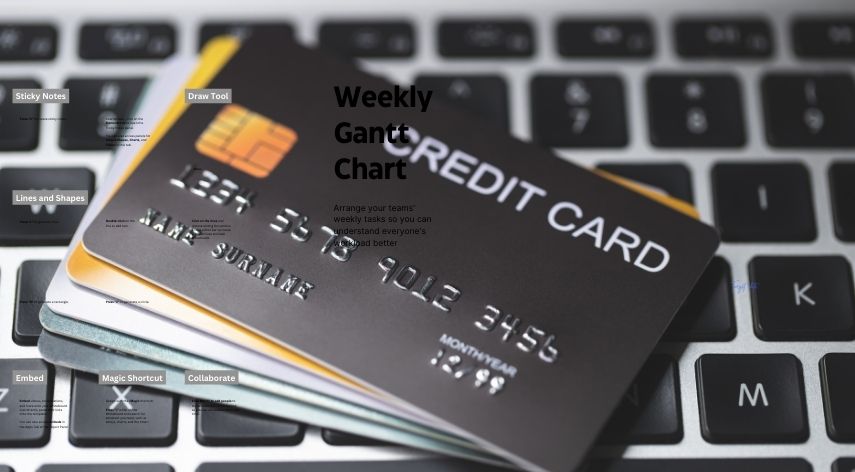Books to Help You Prepare for Your GMAT Exam Syllabus
The GMAT exam is a computer-adaptive test which is quite difficult, but with the right resources to study from, you are sure to ace the exam. While there are numerous resources available, GMAT books top the list. However, before we give you some reference books to check out for your preparation, let’s first look at the GMAT exam syllabus in detail.
The GMAT has 4 sections as mentioned below along with the score range:
| Sections | Score |
| Quantitative Aptitude | 6 to 51 |
| Verbal Reasoning | 6 to 51 |
| Integrated Reasoning | 1 to 8 |
| Analytical Writing | 0 to 6 |
The GMAT Quantitative Reasoning has two types of questions — Problem Solving and Data Sufficiency. There are 18 questions each in both the sections. The questions are objective type and have multiple choice answer options. The duration for this section is 62 minutes.
The topics of the Quantitative Reasoning syllabus are further divided into:
- Number systems and number theory
- Probability
- Fractions
- Decimals
- Multiples and factors
- Profit and loss
- Percentages
- Averages
- Powers and roots
- Speed, time, and distance
- Simple and compound interest
- Monomials, polynomials
- Pipes, cisterns, and work time
- Ratio and proportion
- Algebraic expressions and equations
- Arithmetic and geometric progression
- Functions
- Quadratic equations
- Exponents
- Inequalities and basic statistics
- Mixtures and allegations
- Quadratic equations
- Permutations and combinations
- Descriptive statistics
- Sequences and series
- Sets
- Quadrilaterals
- Lines and angles
- Triangles
- Rectangular solids and cylinders
- Circles
- Coordinate geometry
The GMAT verbal section has the following types of questions — Reading Comprehension, Sentence Correction, Critical Reasoning. The time allotted for the verbal section is 65 minutes and it has a total of 36 questions.
The Verbal Syllabus topics are further divided into:
- Basic Sentence structure: Pronouns, Nouns, Adjectives
- Verb Tense
- Subject Verb Agreement
- Phrases and Clauses
- Idioms & Idiomatic Expressions
- Parts of speech
- Active to Passive
- Pronoun Agreement
- Modifiers
- Parallelism
- Articles
- Direct and Indirect
The Integrated Reasoning section is 30 minutes long and consists of questions in the form of tables, graphs, passages or as a combination of the three. There are four basic types of questions asked in the exam:
- Graphics Interpretation – These types of questions determine your ability to interpret information through pictorial representation – graphs (Line plot, Scatter plot, Box plot, Bar chart, Statistical curve distribution, pie chart, Confidence level graph, x/y graph, Cumulative Frequency Distribution, Probability Frequency Distribution).
- Table Analysis – The types of questions are relatively straightforward and require you to study the data presented in a table format. Statistics, Ratio and Probability are generally used in these questions.
- Two Part Analysis – These types of questions are considered the most flexible since they can be numerical, verbal or a combination of both. You are expected to analyze complex relationships between variables and use that information to evaluate various questions.
- Multi source Reasoning – Questions in this section determine how you interpret data given in the form of tables, charts or graphs. You are expected to collect all the data and interpret it. The questions that follow will be based on the given data in a Multiple choice format.
Finally, the Analytical Writing Assessment section evaluates your communication skills, grammatical skills and critical thinking abilities. The duration for this section is 30 minutes and you are to answer two types of questions:
- Argument Essay – You are expected to write your argument after analyzing the reasoning. You are judged on how well you respond to the given argument.
- Issue Essay – You are presented with an issue topic and you have to write an essay based on the same. The essay can be in support of the issue or your own opinion on the same. However, you have to make sure that the essay is well-structured since you are scored based on this.
Now that you are aware of the GMAT exam syllabus, we are listing down some of the best GMAT books that will help you in your preparation.
GMAT Books
Books play an important role in the preparation of all competitive exams like the GMAT. Below is a list of some of the most prominent GMAT books for your exam preparation.
- The GMAT official Guide 2021 – The GMAT official guide is published by the GMAC (creators of the GMAT exam) and is quite a popular choice. The contents of the book have all study material — from the syllabus to relevant questions. A new and helpful addition to this book are flashcards. The flashcards prove to be advantageous to revisit old concepts and are also helpful to learn new terminologies.
- The Critical Reasoning Bible (PowerScore) – This book is in high demand as it helps you to understand the basic concepts and theories of critical reasoning. It also contains the various strategies to help you solve problems that you will come across in the exam. This certainly will assist in improving your overall score in the Integrated Reasoning section.
- Total GMAT Math (Jeff Sackmann) – This book is an excellent choice to improve your skills in maths, but it might be a bit difficult for beginners. However, if you are confident with the basic concepts of maths, then you can use this book to further strengthen your knowledge. The book has exhaustive topics covering all the important concepts of Quantitative Reasoning syllabus.
All of these GMAT books prove to be extremely valuable in providing you with the much needed information about the GMAT exam and various tips and tricks to solve questions. So, start preparing and ace the exam. Good Luck!
Tony Lanzap, a distinguished astrologer, possesses a profound understanding of celestial patterns. With years of experience, he has honed his skills in interpreting the cosmos to provide insightful guidance. Tony's unique approach blends traditional wisdom with modern insights, making him a sought-after expert in the realm of astrology. His commitment to helping individuals navigate life's journey has earned him acclaim and trust among those seeking cosmic clarity.
Recommended For You
Spread the loveThe field of dentistry offers immense potential and a variety of career paths for those holding a Bachelor
Spread the loveIn today’s digital age, security is more crucial than ever. With the increasing frequency of cyberattacks and data
Spread the loveIn today’s fast-paced world, having a credit card can be incredibly helpful. Whether you want to shop online,





